Kehinde Wiley
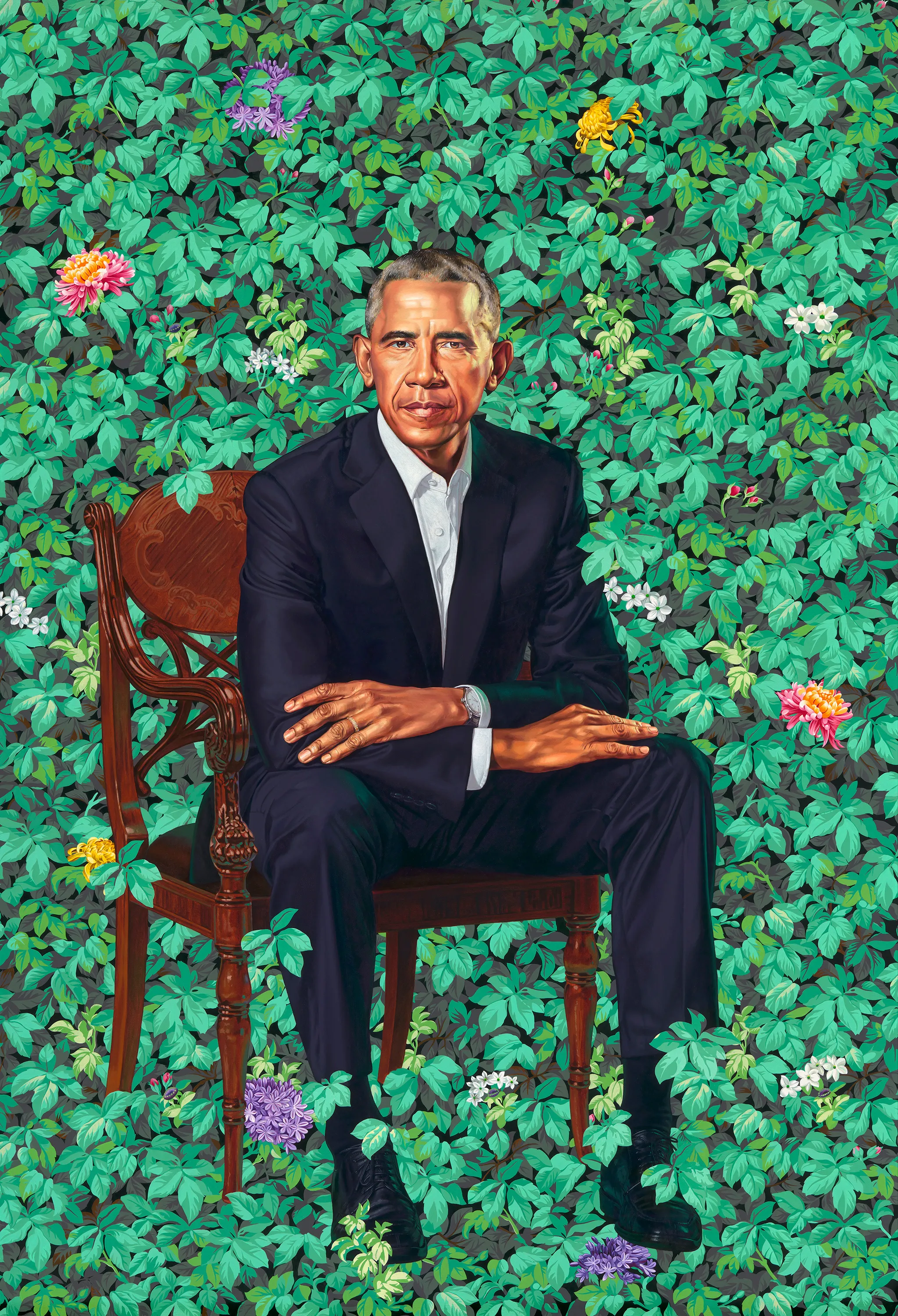
Kehinde Wiley, born in 1977 in Los Angeles, reimagines classical portraiture by centering Black and brown subjects in spaces from which they’ve historically been excluded. Drawing on Old Master traditions and baroque grandeur, Wiley replaces aristocrats and generals with everyday people dressed in contemporary fashion and framed in ornate, often floral backdrops. His work interrogates who gets remembered, revered, and monumentalized in the canon of Western art.
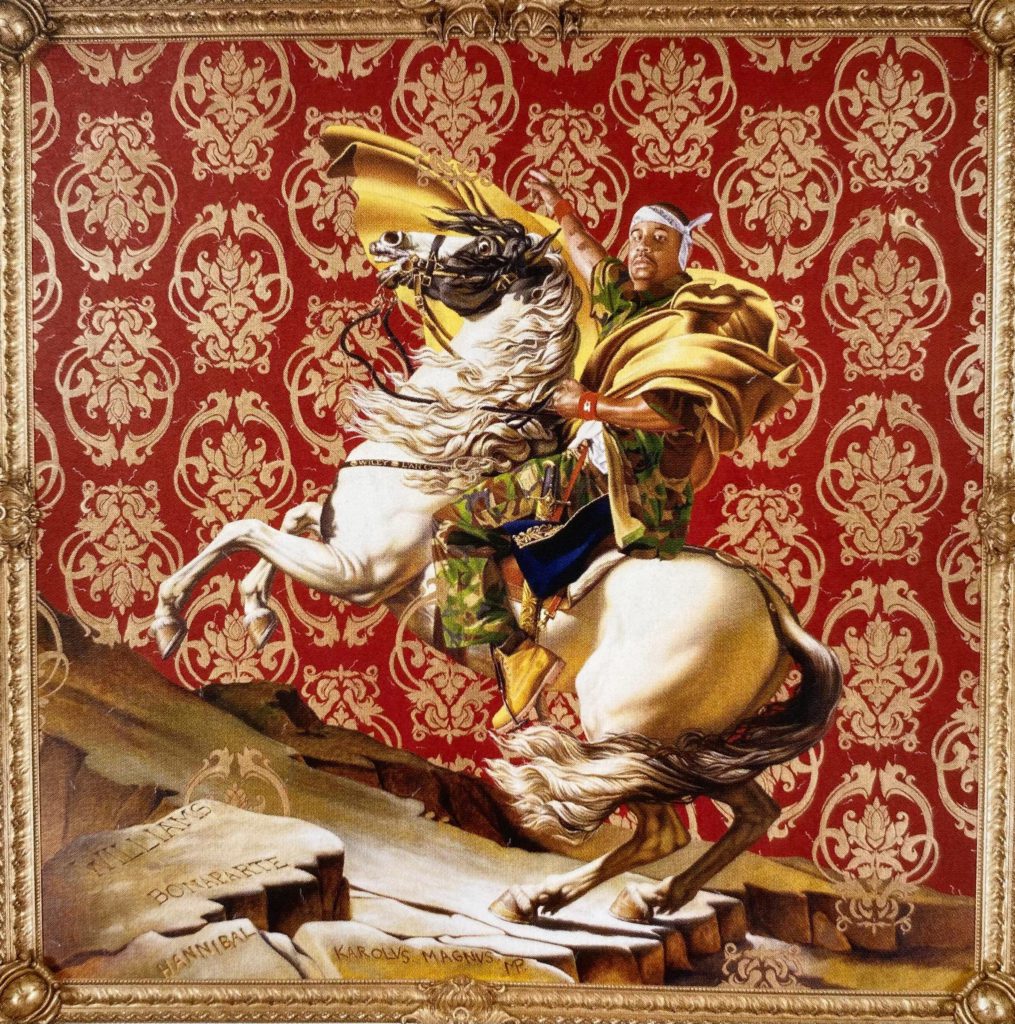
Wiley’s portraits are both homage and subversion. A man in a hoodie poses like a 17th-century noble; a woman in streetwear echoes Renaissance grace. These figures command space, unapologetically powerful, unsettling the hierarchies of race, class, and visibility. His 2018 portrait of Barack Obama was a seismic moment in American art history: the first official presidential portrait painted by a Black artist, representing the first Black president.
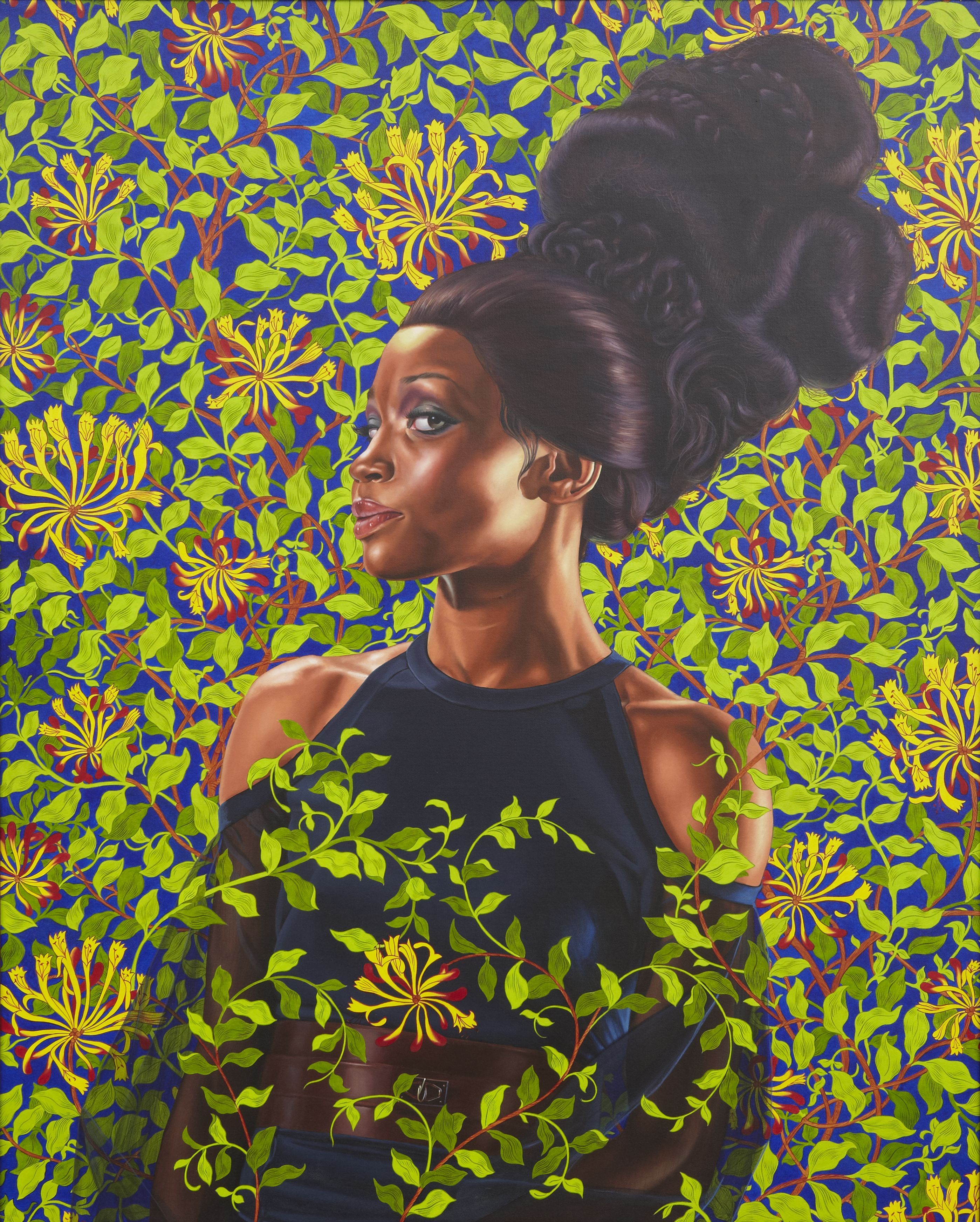
His globe-spanning project 'The World Stage' expands this vision, inviting models from across Africa, the Caribbean, and Latin America to inhabit historical poses and reclaim visual narratives. Whether through painting, public sculpture, or performance-based photography, Wiley’s work is a reclamation of presence, a way of saying that Black lives belong not just in history books, but in history’s frame.
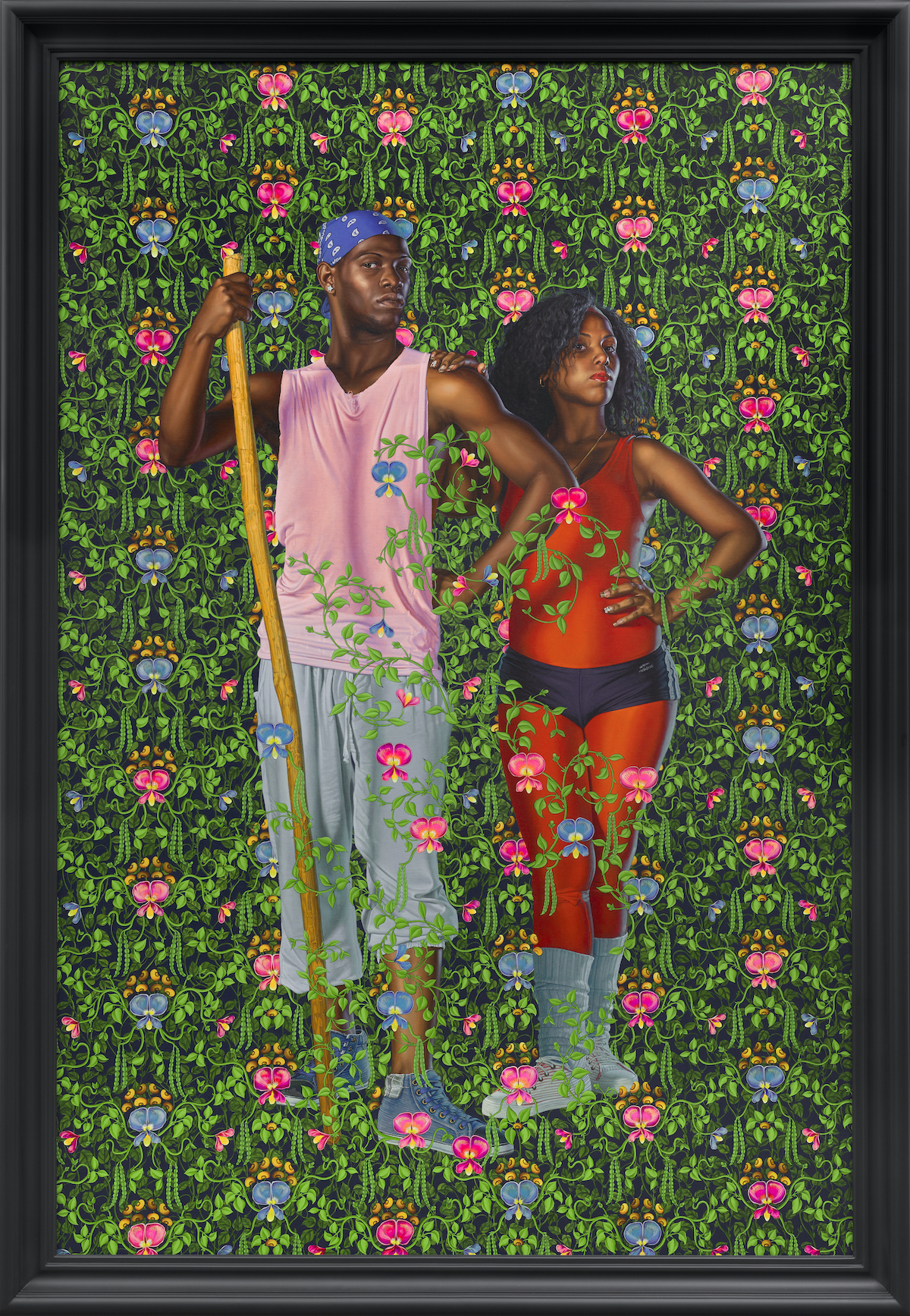
Wiley is also a mentor and institution-builder. In 2019, he founded Black Rock Senegal, a multidisciplinary artist residency in Dakar. From exhibitions in Venice to commissions in New York train stations, his art exists across continents and cultures. Through rich color, technical mastery, and radical intentionality, Kehinde Wiley transforms portraiture into protest, and turns visibility into power.
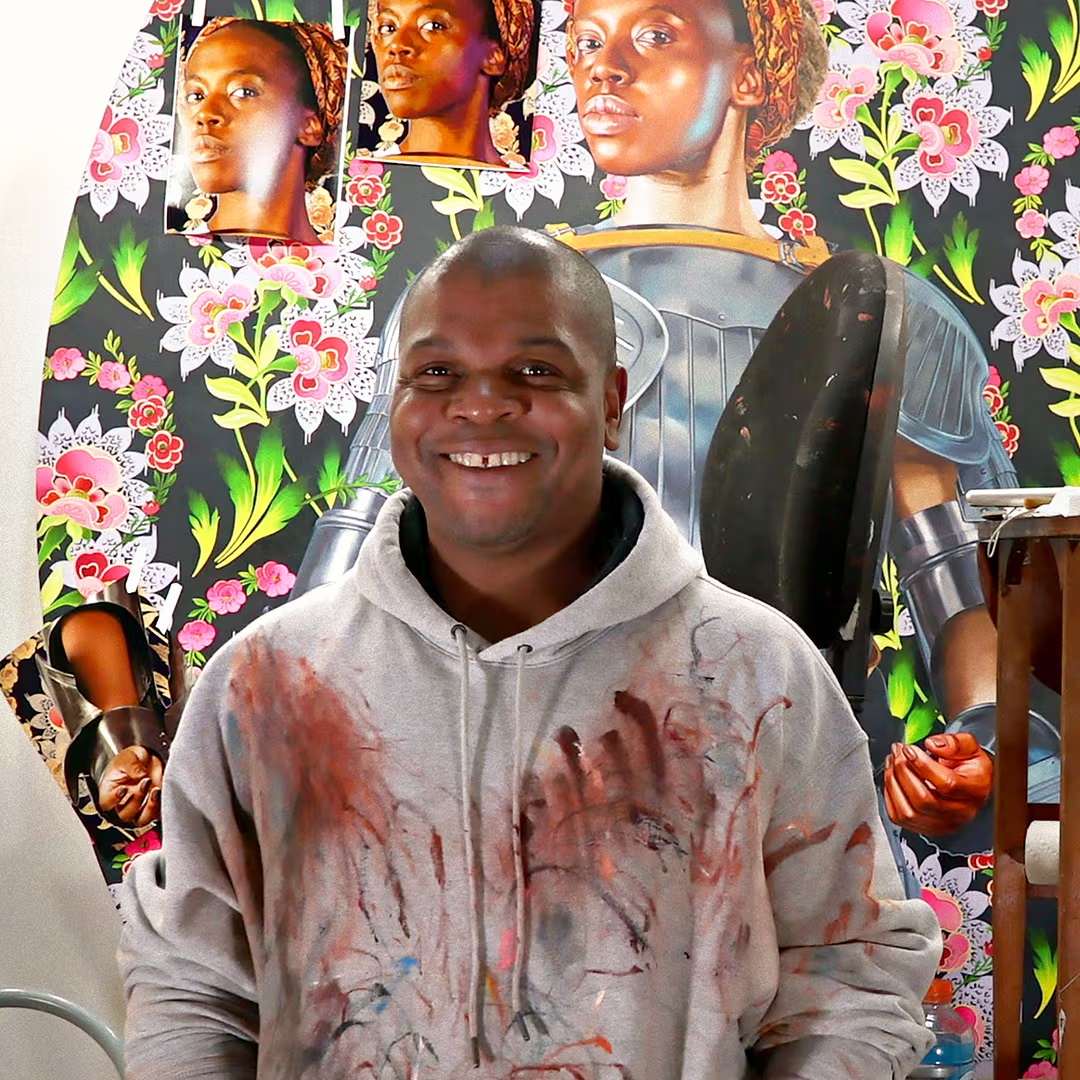
?
How do you think substituting modern people for historic figures changes our view of art history?
What impact does seeing a Black man in a royal pose have on our ideas of power?
Why do you think Wiley uses bright floral backgrounds instead of the usual muted landscapes?
How does mixing modern streetwear with classical painting styles make a statement?
What role does size and scale play in Wiley’s paintings?
Why was Wiley’s presidential portrait of Barack Obama such a significant moment in art history?
Dig Deeper
New York-based artist Kehinde Wiley did not see himself reflected on the walls of the world's great museums, so he set out to create classical-style paintings featuring men and women of color, often echoing masterworks. Rita Braver meets with the artist and tours a new exhibition of his work.
Discover more

Yoshitomo Nara
Yoshitomo Nara dares us to peer beneath the surface of innocence and confront the contradictions within ourselves. His art doesn’t shout, it stares. It questions. It listens. And in doing so, it gives voice to the misunderstood, the lonely, and the quietly courageous.

Yayoi Kusama
Yayoi Kusama teaches us that even the most private pain can bloom into something cosmic. Her dots don’t just decorate, they dissolve boundaries, inviting us to lose ourselves and find something bigger: connection, healing, infinity. In her world, vulnerability isn’t weakness, it’s the gateway to wonder.

Leonardo da Vinci
Leonardo da Vinci taught us that curiosity is the raw material of genius. He shattered the idea that art and science must live in separate worlds—and instead, fused them into something greater. His life is a blueprint for those who dare to ask, 'What if?' and then pick up a pencil—or a scalpel—to find out.
Further Reading
Stay curious!
